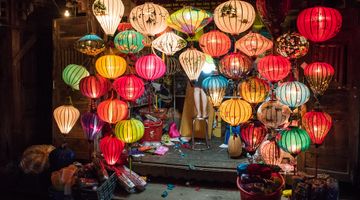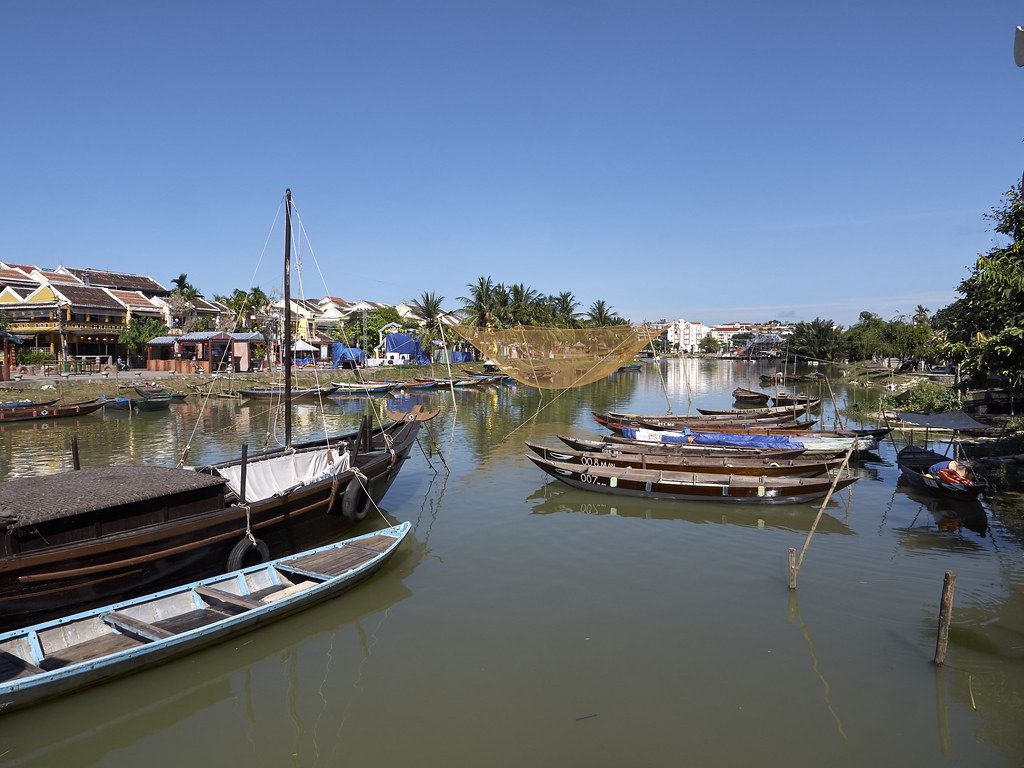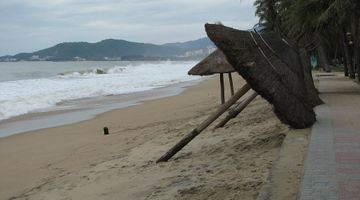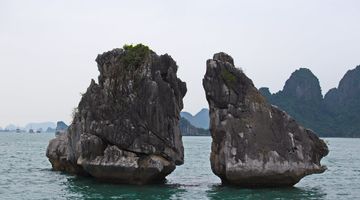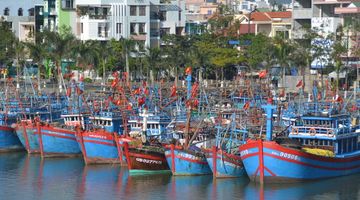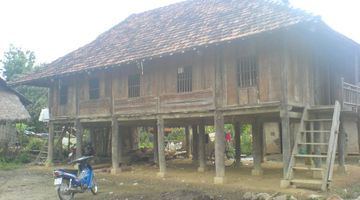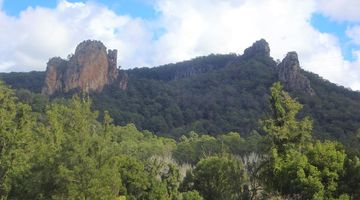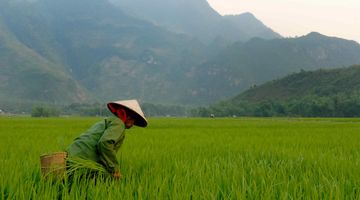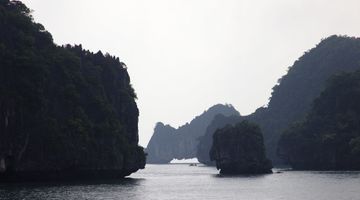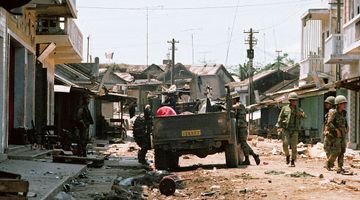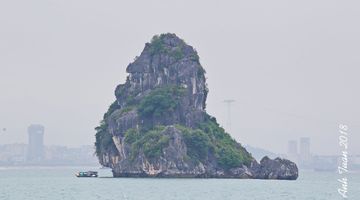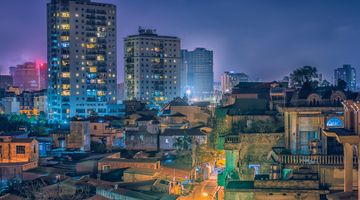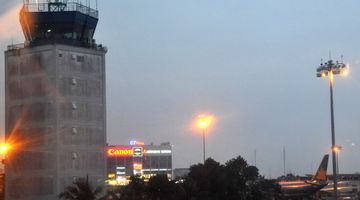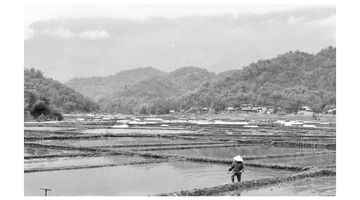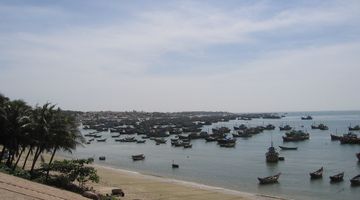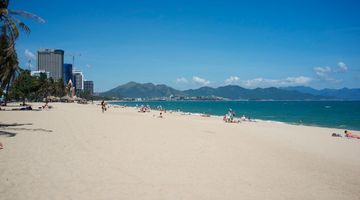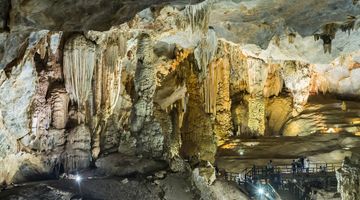Hoi An Sights and POI
Hoi An is blessed with a wide range of cultures woven into its rich history, from its French Colonial, Chinese, Japanese and Vietnamese influences. Walking around the UNESCO sights of the Old Town and its river will tell you a story of Hoi An’s past and economic growth in the 15th century, and a visit to the ruins of My Son will transport you back in time to the founding Champa people and their spiritual centre. Don’t forget the seaside attractions in and around the beautiful coastal city of Hoi An, too.
Old Town, Riverside & Japanese Covered Bridge
(A UNESCO ticket costs VND120,000 which includes entry to five sites in the Old Town, including the Japanese Covered Bridge)
Given UNESCO World Heritage status in 1999, the Ancient Town of Hoi An was a successful South East Asian trading port between the 15th and 19th centuries. You can still see the fusion of Chinese and Japanese architecture, and later European influences, amid the buildings that line the picturesque riverside.
Walk along the Thu Bon River for the perfect selfie and cross over the Japanese Covered Bridge, an elaborately carved pedestrian bridge which was built to link the old Chinese and Japanese quarters together in 1590.
Fujian Assembly Hall
(8am–5pm daily; the UNESCO ticket includes entry to the Fujian Assembly Hall)
Otherwise known as Phuc Kien, the Fujian Assembly Hall is one of the most beautiful examples of Chinese architecture in Hoi An, and is also a UNESCO World Heritage Site itself. Inside this beautiful 17th century hall you will find the Jinshang Golden Mountain temple, as well as a fertility shrine (supposed to bring luck to the broody!), and alters adorned with delicately carved dragons. You’ll be blown away by the beauty of it all, even before you walk through the main gate.
Top tip: it is wise to be respectful and dress appropriately.
My Son
(6.30am-4.30pm daily; VND60,000)
Visit the ancient imperial city of the Champa people at My Son, just over an hour outside Hoi An by scooter, or taxi. Dating back to 4th century, step back in time as you walk through this spiritual centre of temples, covering a total of 142 hectares.
The site is expansive so we recommend you make a beeline straight for B, C and D, which are the most important sites. You might recognise the Hindu style architecture from similar temples in Cambodia’s Angkor Wat, or Ayutthaya in Thailand.
Hoi An Beaches
Who knew Hoi An was a place for beach bums? Both Cui Da and An Bang are great destinations to get some sand between your toes and make the most of the warm coastal weather that Hoi An benefits from in the summer. Stretch out on a private lounger and sip on a fresh coconut looking out onto the sea. It doesn’t get much better than this. It’s also the perfect place to watch the sunset with a cocktail… or two.
Cham Island
(Half-/Full-Day trip; prices vary from VND550,000)
Another great day trip option is to Cham Island, Hoi An’s island paradise made up of eight islands within its Marine Park. Your hostel or hotel can arrange everything for you as you’ll need transport there and back, and lunch on the island, so all you need to do is bring yourself, a towel and sun cream. You’ll be sure to fall into a blissful sleep on the pristine white sand after a busy day of snorkelling and water frisbee. It’s a tough life…
